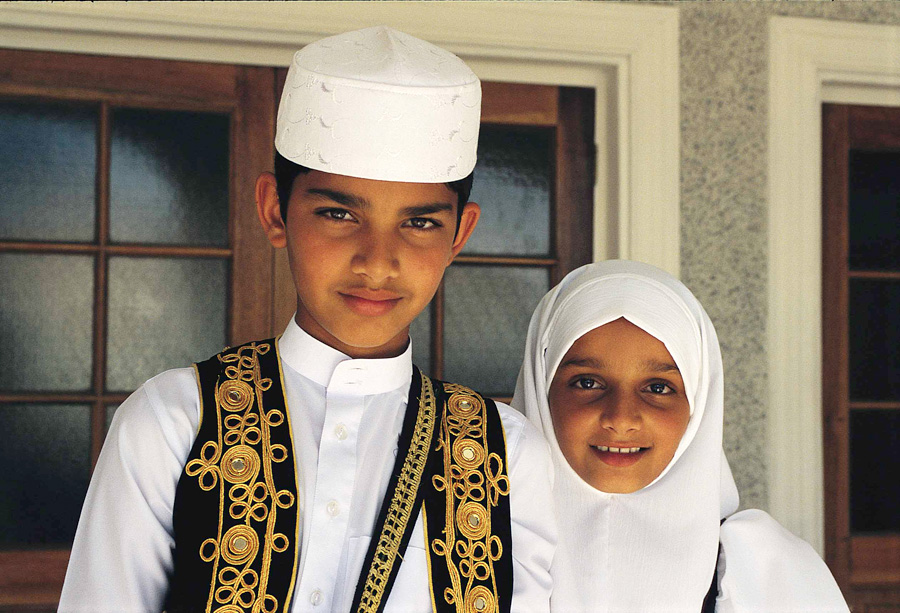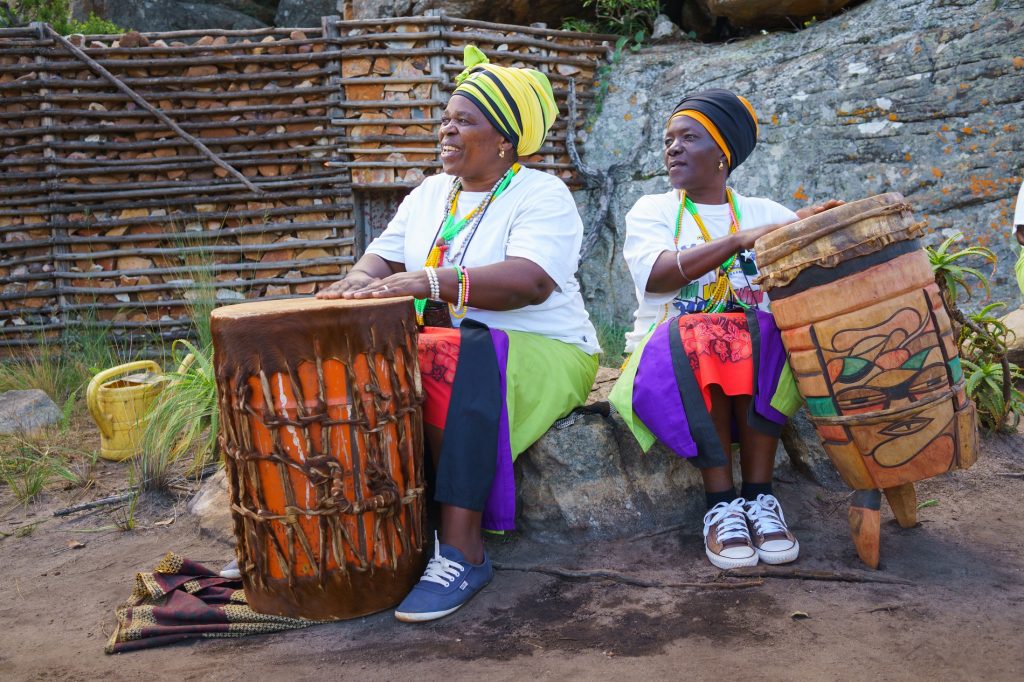The Best Guide To South African Culture Today
The Best Guide To South African Culture Today
Blog Article
The Single Strategy To Use For South African Culture Today
Table of ContentsHow South African Culture Today can Save You Time, Stress, and Money.What Does South African Culture Today Mean?The smart Trick of South African Culture Today That Nobody is Talking AboutGet This Report about South African Culture TodayThe Facts About South African Culture Today UncoveredRumored Buzz on South African Culture Today
This follows with vocal singing and drum whipping. The bride and groom after that fulfill with the seniors and chat concerning the importance of their union. A matter of relevance in Zambian villages is the diing of enjoyed ones. All members of the town put money, time and effort with each other for the interment of the deceased.Songs and dance is an extremely vital element of the Zambian society. The various tribal systems have their very own dance forms; nevertheless, makishi is usual amongst all people.
The Best Strategy To Use For South African Culture Today
When it concerns songs, drums are utilized the most, with a range of drumming events. In Zambia, majority of the individuals are Christian; Protestant and Roman Catholic. There are little teams of Muslims and Hindus, with the remainder adhering to regional indigenous tribal beliefs.

South African heritage and culture is immensely diverse, and consists of several teams of people who each have their own traditions and beliefs. Having such a diversity of people and cultures is what makes South Africa so distinct. In the real feeling of the expression, we are a rainbow country.
South Africa has approximately three hundred thousand Portuguese people residing in it. Making it the 7th on the listing of nations with one of the most Portuguese individuals in it beyond Portugal. Portuguese is not only a culture, however it is also a language and a citizenship. Portuguese people originate from the nation of Portugal in Europe, nonetheless, because of Portugal (like lots of various other nations in Europe) checking out the world and conquering other nations throughout the 15th 20th centuries, South Africa has what we call Portuguese South African's living in it.
Rumored Buzz on South African Culture Today
Amongst the noticeable functions of the topography is a plateau that covers almost 2 thirds of the center of the country. The plateau facility increases towards the southeast, where it climaxes in the Drakensberg variety, component of an escarpment that divides the plateau from the coastal locations. The Drakensburg includes Sparkling wine Castle, the greatest peak in the nation.
The region north of the Witwatersrand, called the bushveld, slopes downward from eastern to west toward the Limpopo River, which forms the global border. The western area of the plateau, the middleveld, also comes down towards the west and differs in elevation in between the highveld and bushveld. In between the Drakensburg and the eastern and southern coastline, the land comes down to the sea.
Nearer the coast there is a low-lying plain called the eastern lowveld. Southwest of the plateau the nation becomes gradually extra arid, paving the way to the hostile desert of the Great Karroo, verged on the east by the lower, much better sprinkled plateau of the Little Karroo. Dividing the dry southern inside from the sandy coastal of the southern coast and West Cape is one more array, the Langeberg.
Facts About South African Culture Today Revealed
The nation's racially, ethnically, and politically split history has created national and subnational symbols that still function as signs of the country, and others signs that are approved just by certain teams. The monuments to white settler occupation and political supremacy, such as the Afrikaner Voortrekker ("leader") Monument in Pretoria and the Rhodes Monument honoring the British colonial realm building contractor and Cape prime minister Cecil Rhodes, remain sectarian symbols.
The initial contemporary occupants were the San ("bushman") hunter-gatherers and the Khoi ("Hottentot") peoples, who rounded up animals (South African culture today). The San may have existed for thousands of years and left proof of their existence in hundreds of ancient cavern paints ("rock art"). Bantu-speaking clans that were the ancestors of the Nguni (today's amaZulu, amaXhosa, amaSwazi, and vaTsonga individuals) and Tswana-Sotho language teams (today's Batswana and Southern and Northern Basotho) migrated below eastern Africa as early as the fifteenth century

The 2 former republics of the Orange Free State and Transvaal (South African Republic) were developed by Afrikaner inhabitants who defeated and dispossessed the Basotho and Batswana. Lesotho would have been forcibly incorporated right into the Orange Free State without the expansion of British security in 1869. The ultimate unification of the country arised from the South African War (18991902) between the British and both Afrikaner republics, which decreased the country to ruin at the beginning of the twentieth century.
Afrikaners traditionally considered themselves the just true South Africans and, while approving complete citizenship to all residents of European descent, rejected that standing to individuals of shade address till the democratic transition of 1994. British South Africans maintain a feeling of social and social connection to Great Britain without compromising their identification as South Africans.
Our South African Culture Today PDFs
The diversity and fragmentation within ethnic groupings and the equilibrium of stress in between those teams during the twentieth century stopped interethnic civil problem. While intergroup stress over resources, entitlements, and political dominance remain, those conflicts are as likely to pit Zulu versus Zulu as Zulu versus Xhosa or African against Afrikaner.
From colonial India, British merchants and administrators brought the bent steel ornamental roofings and slim lace work pillars that still symbolize the verandas of homes in communities and cities throughout the nation. Holy places add an important architectural aspect also in the tiniest towns. Along with the rising steeples and traditional stonework of Afrikaans Dutch Reformed churches, Anglican churches, synagogues, mosques, and Hindu temples provide selection to the spiritual architectural scene.

Slaughtering and the brewing of typical cereal beer are crucial in securing the engagement and a good reputation of the ancestors that are considered the guardians of good luck, prosperity, and wellness. Indian areas maintain their native cooking traditions and use them on Islamic and Hindu ritual and ritualistic occasions. Afrikaners and Coloured individuals collect at weekend breaks and special celebrations at multifamily barbeques called braais, where community bonds are reinforced.
Since this was the key economic venture of both black Africans and white colonists, dispute in between those teams fixated the ownership of grazing land and livestock. In 1867, the largest ruby down payments in the world were uncovered at Kimberley in the west central area. The riches from those areas helped finance the exploitation of the best gold coral reef on the planet, which was discovered on the Witwatersrand in 1886.
Not known Facts About South African Culture Today
This caused misunderstandings and intentional misrepresentation in the transactions of white settlers and federal government officials with African chiefs throughout the early read this american period (South African culture today). In the establishment of African gets, some elements of communal and primarily "tribal trust fund" land period were preserved, and also in white country areas, kinds of public tenure were still exercised in locations with African neighborhoods
After the democratic check out here makeover of 1994, programs for land restitution, redistribution, and reform were set up, but progression has been sluggish. The white minority still regulates eighty percent of the land. Following agricultural land intrusions in Zimbabwe, the Department of Land Matters has vowed to speed up land redistribution.
Report this page